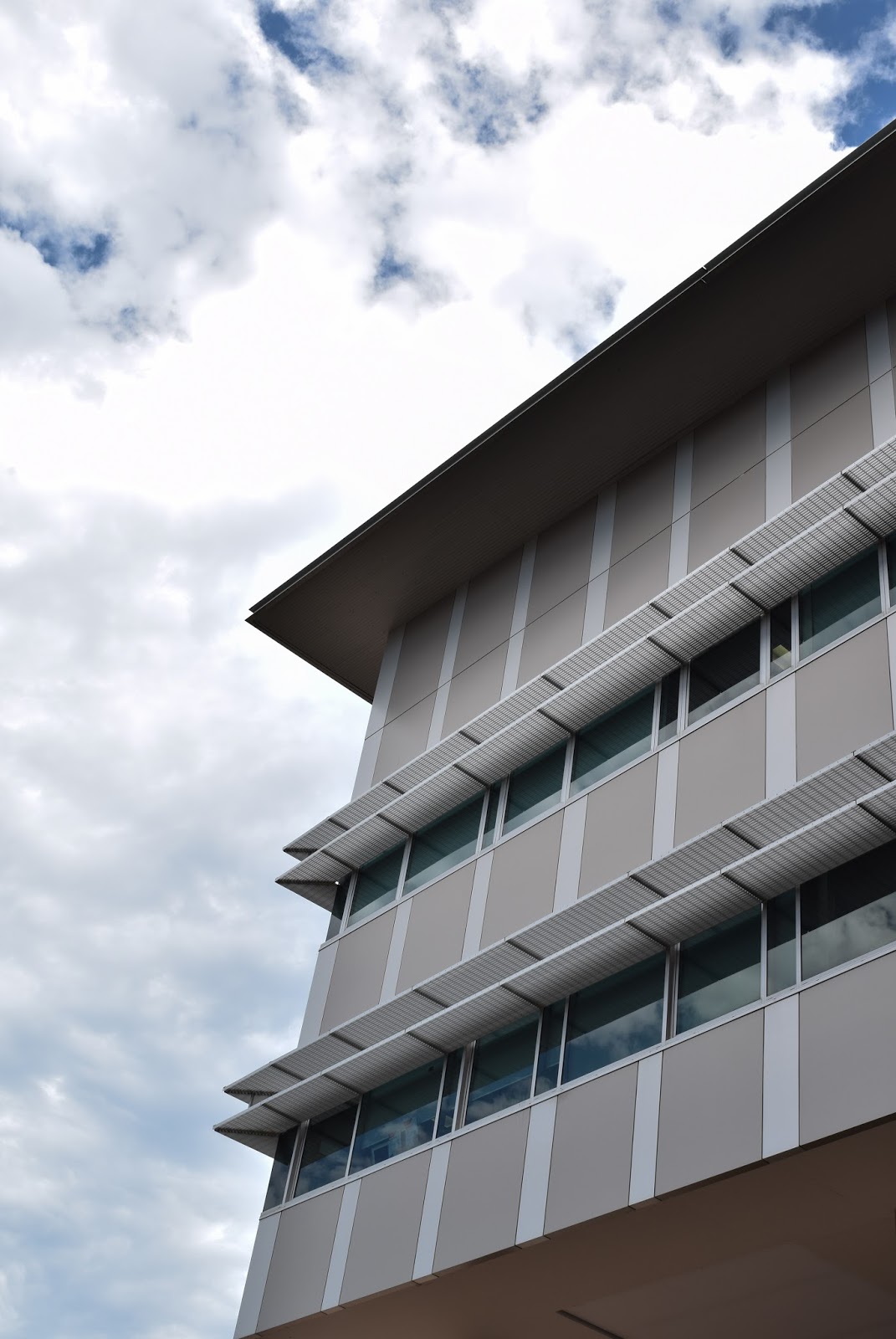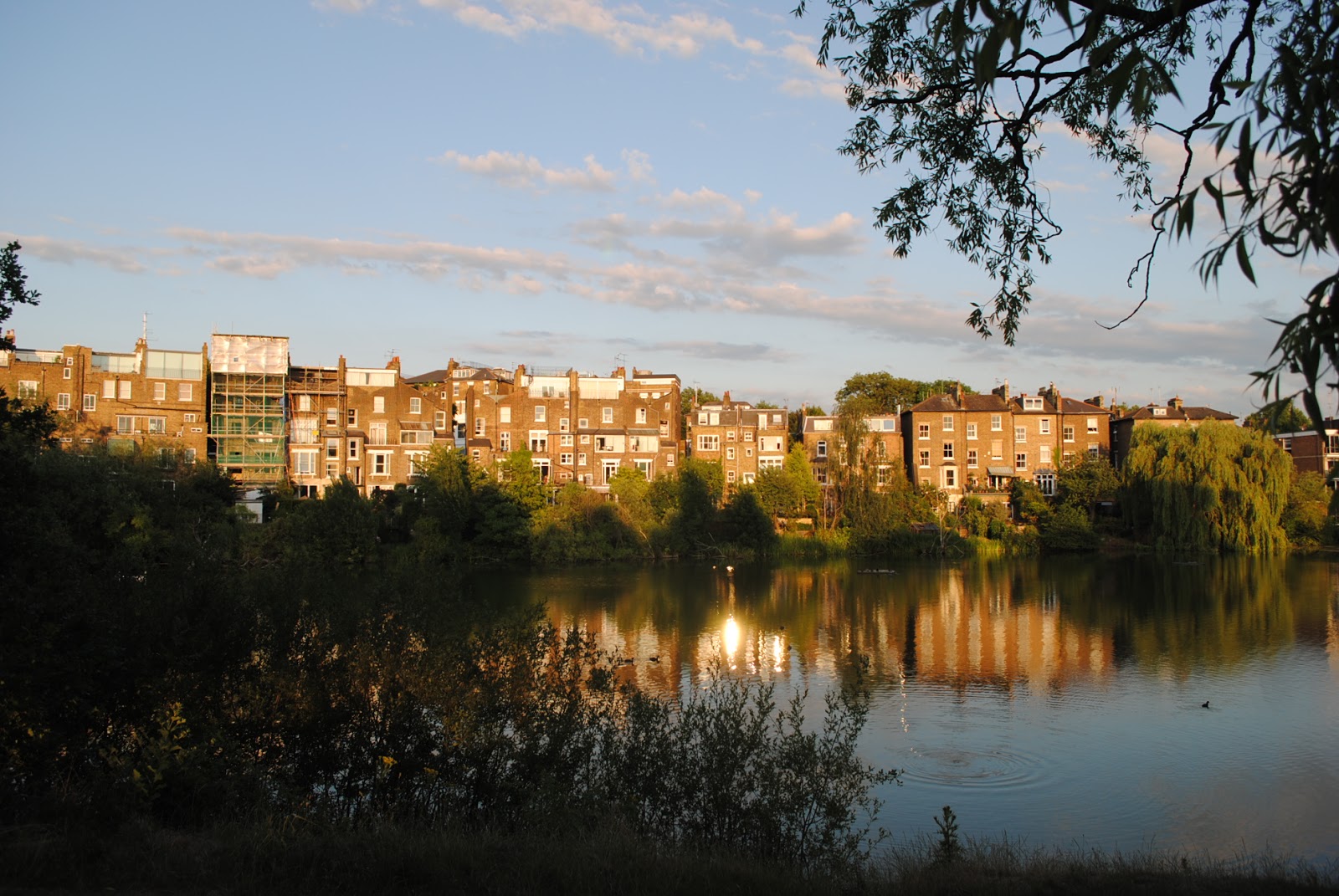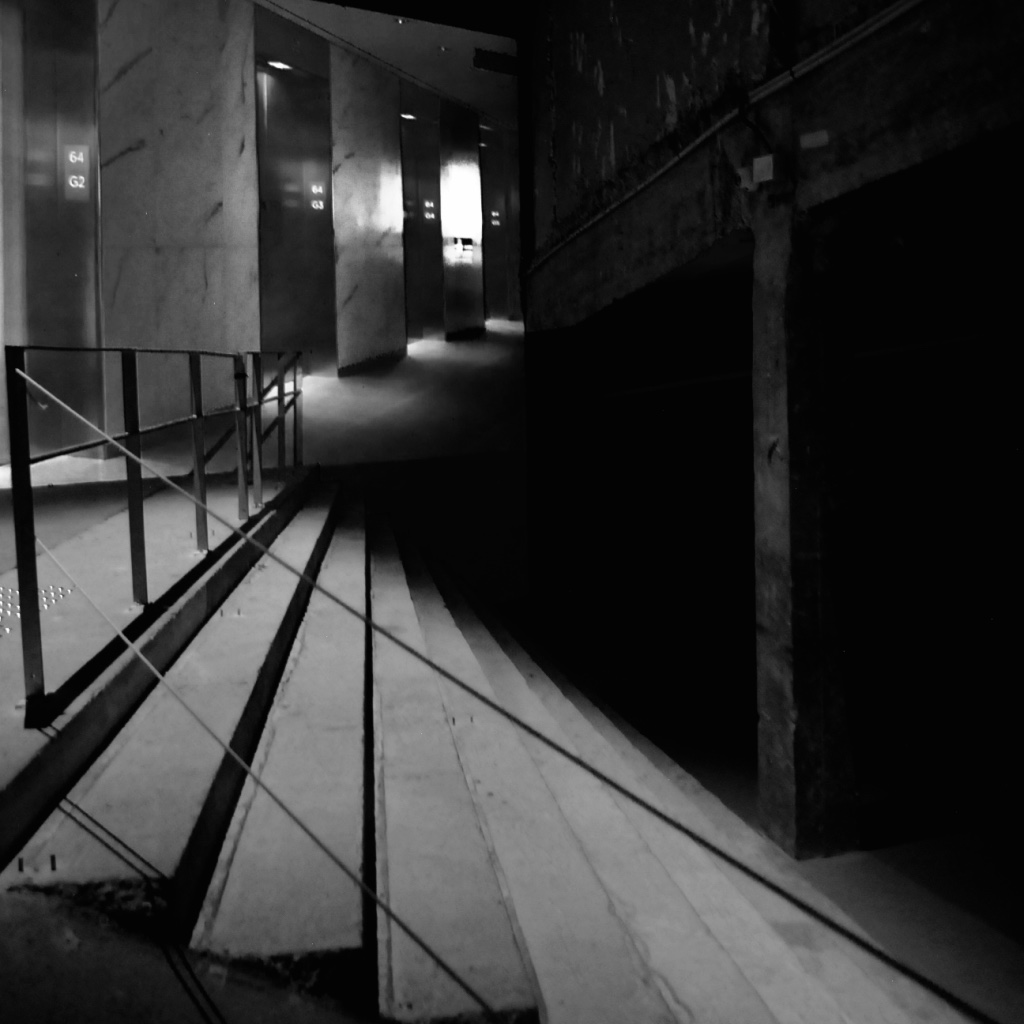Depth of Feild: Process Journal
Introduction to Digital Photography
“Just go on ahead and do it, what’s the
worst that can happen?” my Grandfather screeched at me for the 3rd
time this month. He’d been trying to convince me since I was 13 to pursue
photography, but what did adults actually
know about the real world, right? Only took 9 years to kick in. So I thought sure. I’ve got a spare two
weeks, might as well speed up that grad date that seems so far away, flush
another 10ct into the abyss of information rattling away in that head of mine
and get off my couch instead of feeling sorry for myself in yet another
stupidly hot summer.
I got my hands on this great camera, (not an iPhone) and turned up on my first day completely overwhelmed from all
these technical words bouncing around the room; they danced with the
construction work that always seems to be never finished. We were sent out to practice all these great new things we had just learned. So off I went.
In the blistering heat, and my poorly
chosen denim jeans I went out into that unforgiving sun and fought battles with
my camera. I was determined, but my camera had another idea.
I persisted out of spite to the drop of
sweat about to catch onto my viewfinder, and over the next four days I fought
through that fire ball aiming at my face and came out with a few good ones, and
about 657 awful ones. Here’s the round up!
Maximum Depth of Field.
Nikon D5300 | 18mm-55mm | at
28mm
ISO 200 | f 16 | 1/250
Nikon D5300 | 55mm-200mm |
at 55mm
ISO 160 | f 16 | 1/100
ISO 160 | f 16 | 1/100
Nikon D5300 |
55mm-200mm | at 60mm
ISO 160 | f 4.2 | 1/1000
Process
For the Depth of Field component of this assignment I was aiming for a minimalist series of architecture, with a slash of chaos amongst it. The most challenging aspect to this component was choosing what to shoot and how to do so to meet my own expectations and also that of the criteria. I would consider my niche more on the selective focus side, however experimenting with finding the correct compositions for these images paid off in post-productions.
The second and third images in this series, were photographed several times before the optimum results were achieved. Different ISO's, lenses and exposures were trialled until the image was of the correct tone and achieved maximum depth of field. By using ISO 160 the images achieved a calming tone, matching in with the minimalist theme. Although images two and three strike resemblance with each other, the only common theme in setting the exposure was the choice of ISO. The third image used an f 4.2, which is typically used in shallower depths of field but worked to gain a maximum depth in this case. These images were taken from a 10-20 meter distance which allowed a bigger subject for the framing of the image.
The first image in this series, was the most interesting to shoot. Multiple angles and distances from the subject were trialled until I decided that this one was most suited. The angle in which the building is presented was intentionally shot for a diagonal view point. In addition to this, the ant-eye-view allows the image to portray an uncanny emotion, almost expressing vertigo or confusion. This broke up the series as a whole as it added in the variety or splash of chaos.
The process used to achieve this technique was experimental, and toggling between lenses, exposures etc allowed for a variety of maximum depth of field images, resulting in a successful series of images.
Selective Focus
Nikon D5300 | 55mm-200mm | at 200mm
ISO 200 | f 5.6 | 1/600
Nikon D5300 | 55mm-200mm | at 200mm
ISO 200 | f 5.6 | 1/320
Nikon D5300 | 55mm-200mm | at 62mm
ISO 500 | f 5 | 1/4000
Process
In the selective focus task the aim of the series was smaller parts of nature, thus including leaves and twigs and baby ferns. I found this task more enjoyable as I was able to spend a greater attention to the detail of the subject.
The first and second images of this series portray an extreme focal point, with the background of the image almost non-existent. This was achieved by using a 55-200mm lens at 200mm with a 5.6 aperture underexposing the image at a 1/320 and 1/600 shutter speed. These were shot at a 2-5 meter distance in order to exaggerate the focus on the subjects.
The third image was taken using the same lens except with a further distance between the camera and the object. With the lens zoom at 62mm and an aperture of 5, it becomes evident through the images how different degrees of selective focus are achieved.
The second image in this series inspired the experimentation with macro subjects; changing aperture, shutter speeds, and exposure allowed for a variety of selective focus images with a distinct level of focus throughout the series.
Exemplars
Before compiling the images submitted for this assessment, much inspiration was taken from a vast range of photographers. Some of these examples reflect in my own photographs, and others will remain as inspiration for future works.
Timothy Mulcare's image of the apartment building inspired my first maximum depth of field image along with my fourth and fifth for submission (not pictured). The evidence of inspiration is heavy in my first example, showing the manipulation between the sky, the camera angles, and the position of the subject. Mulcare's image was sampled heavily in this assessment in order to achieve architectural imagery techniques.
Artem Zorin's image was also used as an example for minimalism. The image carries heavy, even toned cement with precise lines pointing into the centre. My second depth of field image was inspired by this example, however I aimed for a more organised approach to the final image. The use of tone in Zorin's image was appealing to me, so I began to experiment with even tones that still carry depth within the colour. This is evident in the second and third imaged for my depth of field submissions.
Paolo Pellegrin's example shown above inspired me to pay greater attention to the details of light rays. His image shows the crowd back lit, and with the slop of the image, an uncanny almost zombie like atmosphere is created. This image, with minimal features sharped, is left open to interpenetration and many different analysis can come of this. I was drawn to this image because of this, and the ambiguity allows for a wide imagination.
Artem Zorin's image was also used as an example for minimalism. The image carries heavy, even toned cement with precise lines pointing into the centre. My second depth of field image was inspired by this example, however I aimed for a more organised approach to the final image. The use of tone in Zorin's image was appealing to me, so I began to experiment with even tones that still carry depth within the colour. This is evident in the second and third imaged for my depth of field submissions.
Paolo Pellegrin's example shown above inspired me to pay greater attention to the details of light rays. His image shows the crowd back lit, and with the slop of the image, an uncanny almost zombie like atmosphere is created. This image, with minimal features sharped, is left open to interpenetration and many different analysis can come of this. I was drawn to this image because of this, and the ambiguity allows for a wide imagination.










